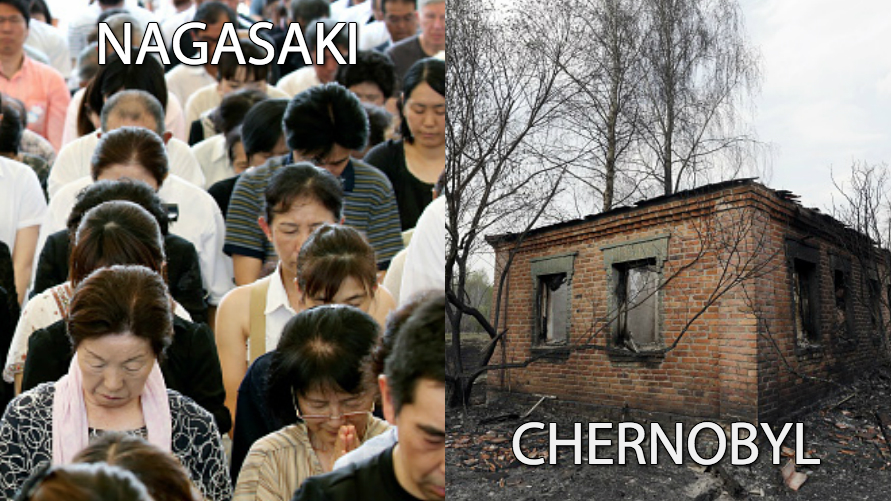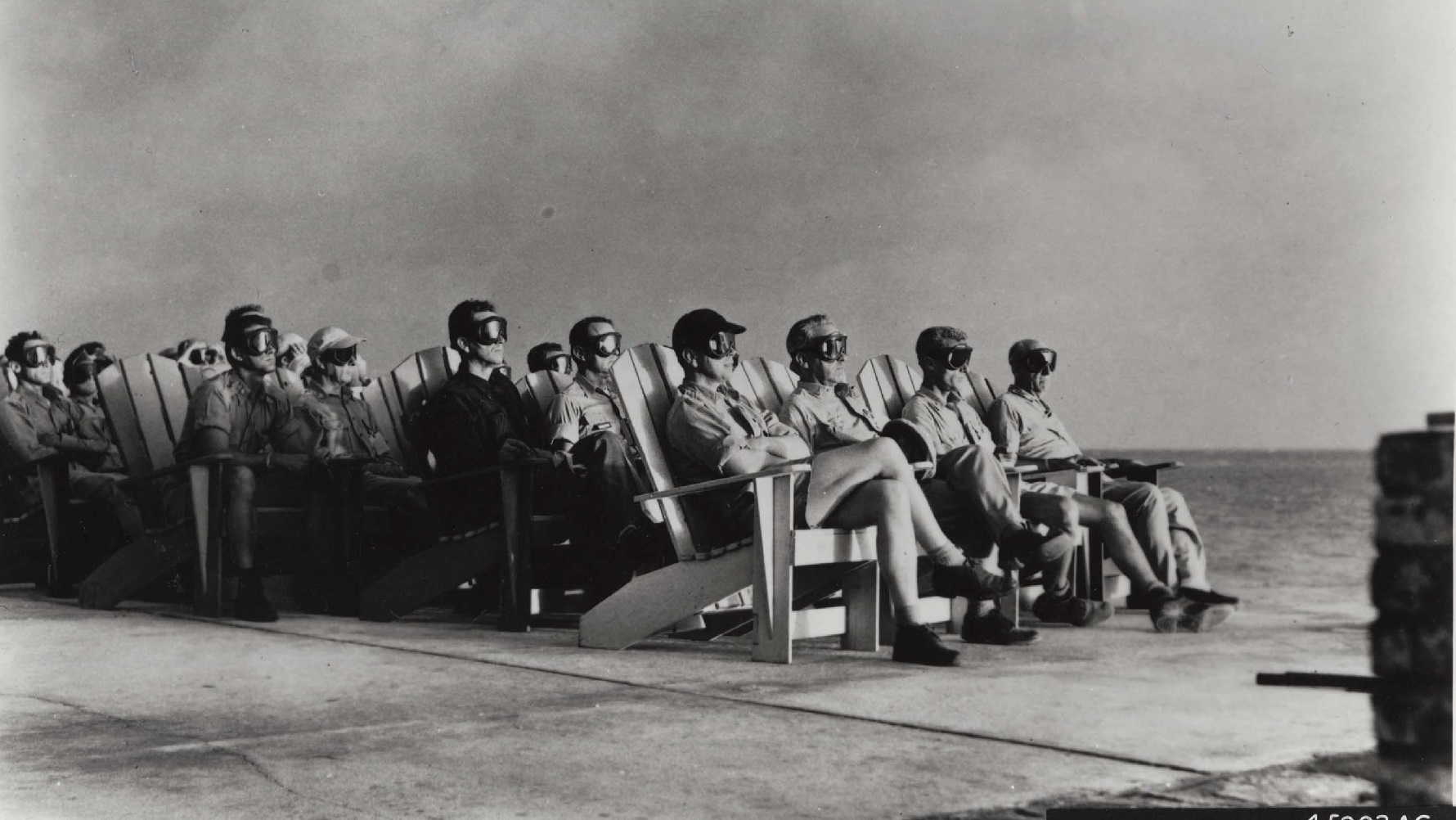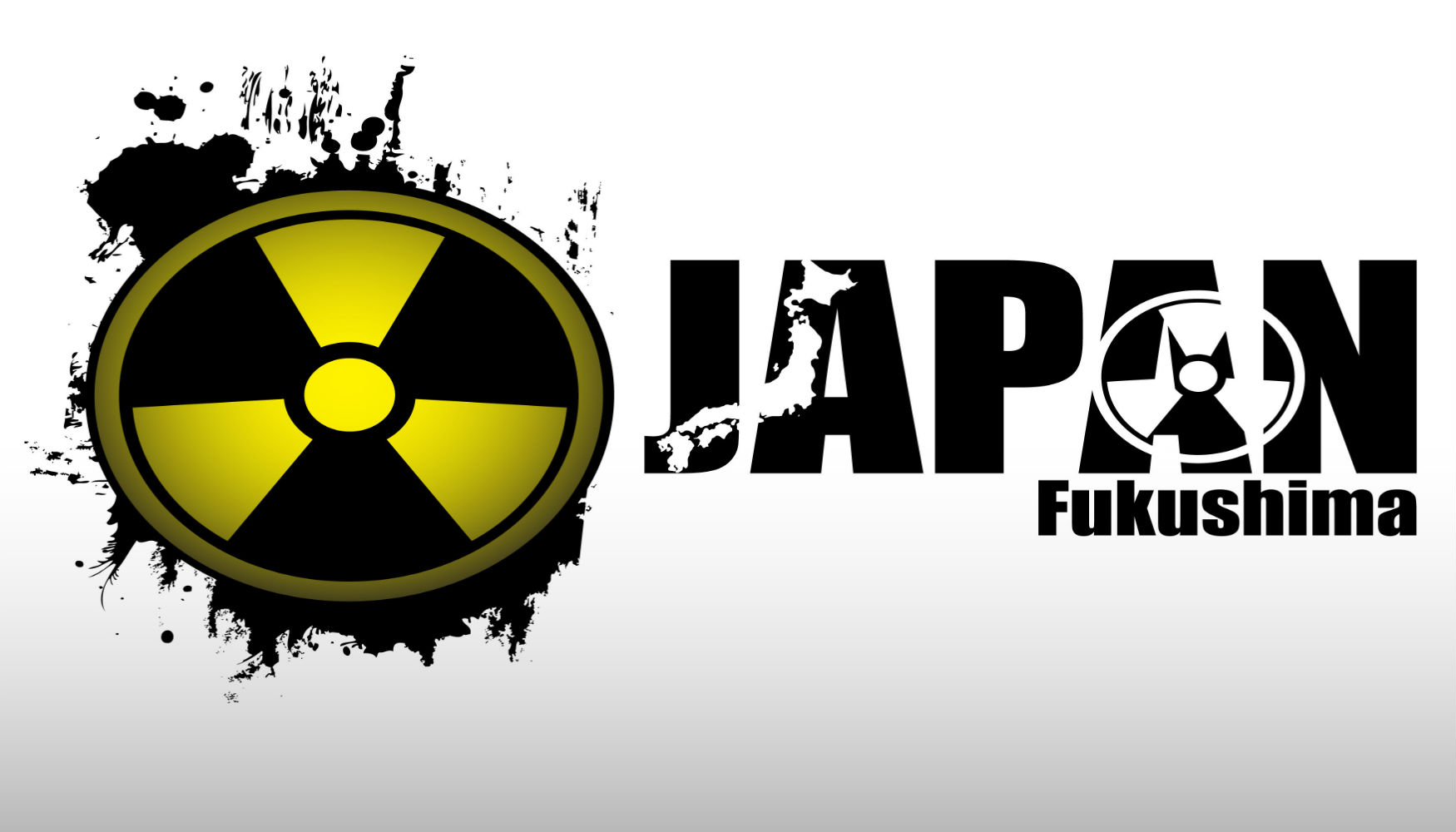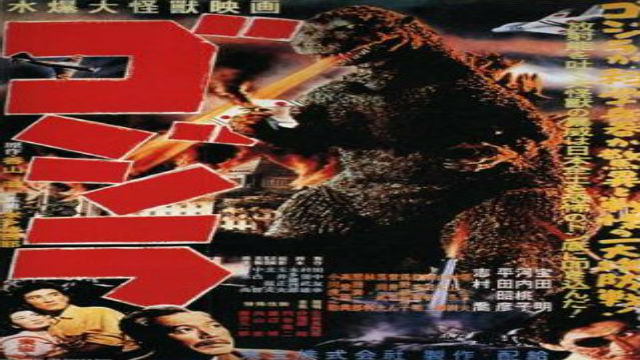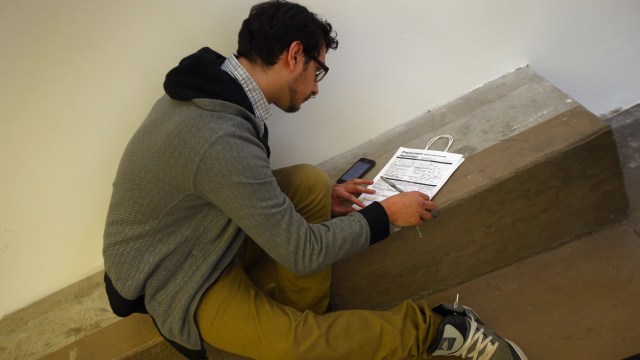Hiroshima and Nagasaki: What Survivors Taught Us About the Danger of Excessive Fear of Radiation
Michiko was 11 when the sky flashed a strange blinding white. It was 11:02 a.m., August 9, 1945. Moments later came the roaring sound and the heat and the powerful blast of wind, and then in the distance, several kilometers away, the young Japanese girl saw from her suburban home the fires and smoke and debris and flat, scorched earth where moments ago the city of Nagasaki had stood.
Michiko (not her real name) ran to her father, a doctor, who ran toward the destruction to help. Michiko went with him. She still can’t talk in detail about the horrors she saw. In her gentle voice, heavily accented despite five decades in America, she describes helping her father tend to the survivors in the days and weeks that followed, gently removing bandages or picking flies from their charred skin or empty eye sockets.
Nagasaki, and the atomic bombing of Hiroshima three days earlier, have taught us many things. We learned to fear nuclear weapons. We learned to fear the radiation they produced. But the terrible suffering of the survivors that Michiko helped, referred to in Japan as the hibakusha (the “bomb-affected people”), has also taught us, contrary to popular belief, that our fear of the long-term health effects of nuclear radiation vastly exceeds the actual danger.

On this 70th anniversary of the dawn of atomic weapons, we should honor the hibakusha not only by reiterating our commitment to never use such destructive power again. We should also honor their suffering by respecting what the study of their lives and families has taught us about the actual harm of ionizing radiation, because therein lies a profound warning about the dangers we face when our fears don’t match the facts.
That study, overseen by a joint Japanese-U.S. team of radiation biologists and epidemiologists under the Radiation Effects Research Foundation, has followed roughly 86,000 survivors who were within three kilometers of where the bombs went off. Many of these people were exposed to frighteningly high doses of radiation and suffered terrible acute (immediate) damage. But they survived, and scientists have followed them for 70 years, to see what those exposures did to their long-term chronic risk.
Those exposures to drastically high doses, not just at the moment of the blast, but for weeks, increased their lifetime chance of dying from cancer due to radiation by less than 1 percent. Roughly 600 of the hibakusha, out of the approximately 86,000 followed for now 70 years in perhaps the longest public health study ever, have died of cancer because of their radiation exposure.
Among the hibakusha slightly farther away from ground zero, or who were shielded, and thus received medium doses or lower, the increase in radiologically related cancers was so low that the extra cases were too rare to be detected against normal rates for those diseases. The current assumption that nuclear radiation causes harm at even low doses is an educated guess, an extrapolation from what can actually be seen only at higher doses.

There was a frighteningly high rate of birth defects among children born to mothers who were pregnant when exposed, even to low doses. This helped give rise to the common belief that informed Godzilla and a whole genre of science fiction movies, books, and comics — that radiation causes permanent genetic damage. But two generations later, study of the hibakusha and their children and grandchildren, including studies of their blood and DNA, has found no multi-generational genetic damage.
These facts stunned me when I first learned them while researching a book. They ran sharply against what I believed, and what it seemed everyone believed. I checked again and again, unable to accept these stunning numbers. Every scientific expert I contacted confirmed them. The hibakusha have taught us that the health risk of radiation is real, but even at high doses it is relatively low, dramatically lower than is commonly believed.
Consider what this means. The Obama administration just announced plans to cut greenhouse gas emissions from coal plants, requiring states to adopt cleaner renewable energy instead… solar and wind. But not emission-free nuclear power. Why not? The EPA plan in part reflects lobbying from environmentalists who remain convinced that nuclear power is far more dangerous than it actually is. These people support clean power in order to mitigate the immense risk of climate change, but oppose clean nuclear power in large measure because of undue fear of its health consequences.
Or consider what would happen if a dirty bomb — a regular explosive contaminated with radioactive material — was detonated in a city. The fear provoked by the presence of low doses of radiation would cause vastly more harm and disruption than the bomb itself.
Or consider the health consequences for those who avoid diagnostic medical procedures fearful of low doses of nuclear radiation.
These fears first flashed to life for Michiko and the rest of us on the mornings of August 6 and August 9, 1945, when the word “radiation” was irrevocably linked to the horrors of nuclear weapons. But while the fear of those weapons is well-founded, our excessive fear of radiation is not. We have the hibakusha and their suffering to thank for both lessons. We should honor them by learning and benefiting from what they have taught us.
